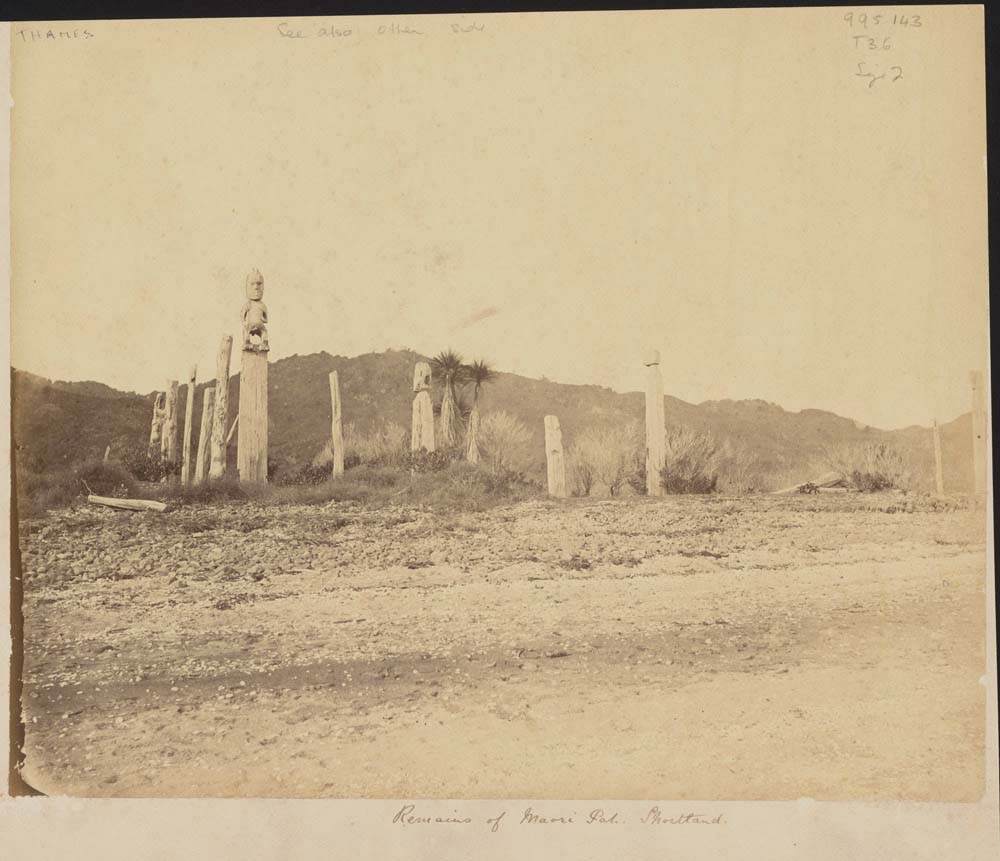As part of a Valley Profile series, MEGHAN HAWKES searches through old newspapers to bring you the stories Thames Valley locals once read about themselves.
1937
There were calls for Totara Pā to be recognised as a Thames heritage site in 1937. Other towns in the dominion had attractions such as bathing facilities and picnic resorts and many were making the most of historic spots such as Gate Pā at Tauranga.
Right at Thames’ front door was one of the most historic sites in the dominion – old Totara Pā – which made history before the Māori and Pākehā wars took place.
It should have been set aside years previously as a public reserve, its old trenches and palisades restored as far as possible and its history collected. Its value as a historic site had been spoiled by turning it into a cemetery. Where once the fierce shout of the Māori warrior was heard, where battle, murder and sudden death were enacted, it was now an ordinary burial ground with rows of marble tombstones inside the old ramparts.
It was a thousand pities this was ever done. There were other sites for cemeteries – there was only one Totara Pā.
The large area of waste ground extending from the Burke St wharf to the old battery along the road to Tararu also attracted attention in 1937. The area was considered big enough for a park, showground and recreation ground combined.
It would take a great deal of work to fill up, level and lay out this ground, but in the course of time, the town would possess an asset where it now had a desolate blank waste.
A heavy belt of close-growing trees planted along the sea edge of the land, and a belt of chestnuts along the roadway side, would provide sufficient shelter to check cold winds and let other trees and shrubs become established. A sports ground and a showground area could be separated by hedges and the balancemade into a park, with great rose pergolas, winding paths, grassy lawns, ferneries, ponds, shrubberies and flower gardens.
A gradual evolution from a barren waste to a magnificent park would work wonders.
Travellers on the coast road could halt there for refreshment – a kiosk would pay in the summer months.
Such a park would be a splendid advertisement for the progressive spirit of Thames, and it would be a fitting heritage to hand on to those who would make Thames their home for generations to come.
A permanent memorial of those who took a leading part in the affairs of Thames in the early days of its prosperity, during the first ten years or so of its gold mining days, was suggested in 1913. The memorial would be in the form of a shield containing the portraits of the chief residents of Thames during 1867-77.
It would be an expression of admiration for those brave and sturdy pioneers who bore the heat and the burden of the early periods of the dominion’s existence.
It would remind the rising generation that if they wished to prove worthy of the heritage they have received from the past they must seek to emulate the spirit and character of those who had gone before.




